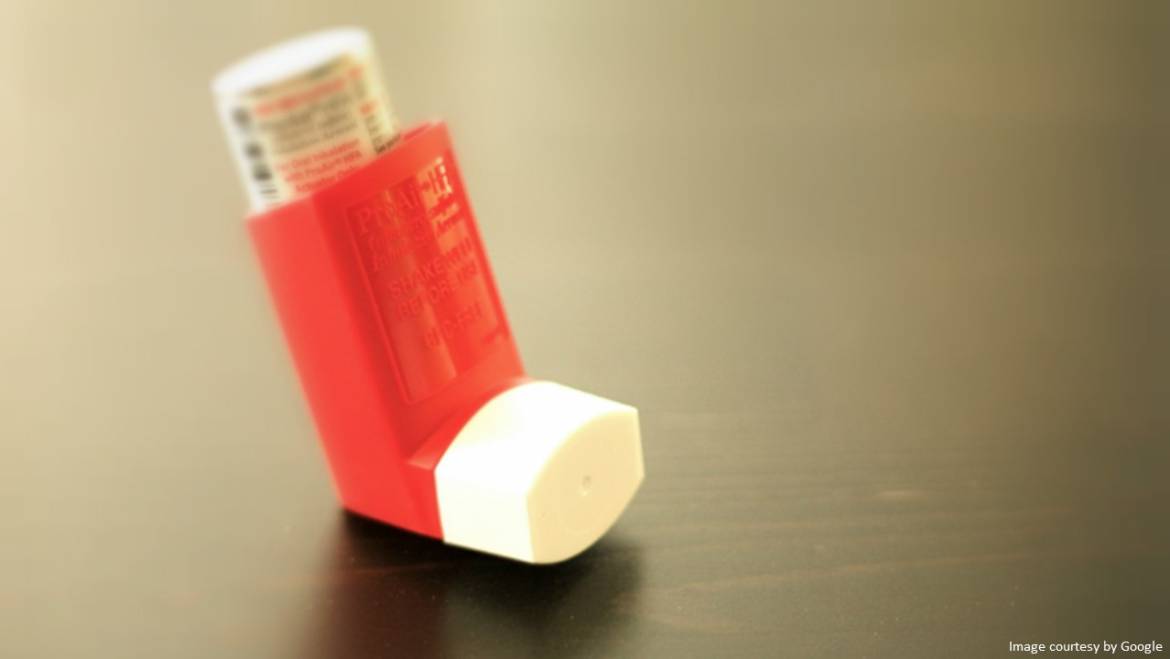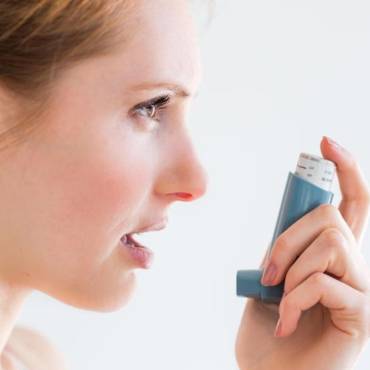According to the data released by the National Heart, Lung, and Blood Institute, asthma affects 25 million people, more than five million children. In comparison, COPD affects more than 16 million people across the world. Asthma is a chronic respiratory disease that directly impacts the airways in the lungs, which can be further worsened by physical activity and most often begins during childhood. The symptoms include coughing, wheezing, and shortness of breath. COPD includes emphysema and chronic bronchitis, which is a long-term, chronic disease that contributes to blockage of airflow, making it tough to breathe.
Symbicort Turbuhaler is a metered dose inhaler that contains both Budesonide and Formoterol available in the strengths Symbicort Turbuhaler 160, Symbicort Turbuhaler 320, Symbicort 160/4.5, etc. The medicine treats asthma in adults and adolescents aged 12 to 17. It also effectively treats chronic obstructive pulmonary disease (COPD) in adults 18 years and older. It contains two different medicines, namely Budesonide and Formoterol.
-
- Budesonide is categorized under the class of medications known as corticosteroids. It reduces and prevents swelling and inflammation in your lungs.
- Formoterol belongs to a class of medicines known as long-acting beta-adrenoreceptor agonists or bronchodilators. It causes the relaxation of muscles in your airways. This helps you to breathe more easily.
When used as prescribed, Symbicort Turbuhaler 320 has been shown to help patients breathe better beginning with five minutes. To restore your normal lung function, your healthcare provider may want to take a maintenance medicine, which is used daily to help ease constriction and prevent inflammation in your airways. It helps reduce the requirement to use a rescue inhaler, and your Symbicort turbuhaler can’t be used in the place of a rescue inhaler for sudden symptoms.
Results may vary from person to person. Regarding Symbicort Turbuhaler vs. inhaler, the dose through Turbuhaler gave a better broncho-dilating effect than the dose given through inhaler and nebulizer. You can get the best Symbicort Turbuhaler price online.
Dosage and Administration
For Asthma in Adults and children 12 years and over
Your healthcare provider should give you a personal asthma action plan to help manage your asthma. This asthma management plan will include what medicines to take as a reliever when you develop symptoms or sudden asthma attack, medicines you take to prevent symptoms from occurring (for example, before exercise or allergen exposure), and if you require to take daily maintenance medicines to achieve control over asthma symptoms.
Your health care professional may prescribe Symbicort Turbuhaler 160 4.5 for you to use as:
-
- An anti-inflammatory reliever medicine only.
- Both an anti-inflammatory reliever and a daily maintenance preventer medicine or,
- It is a daily maintenance preventer only when another drug is used as a reliever.
If your condition has been under control for some time, you may be advised to take fewer inhalations, suggested a lower length, or recommended to use Symbicort differently. If you are taking more inhalations of your reliever medicine or wheezing or breathless, seek immediate medical help as your asthma symptoms may be getting worse.
COPD in adults
The usual dose is two inhalations of Symbicort Turbuhaler 200/6 twice daily OR one inhalation of Symbicort Turbuhaler 400/12 twice daily.
Note: The medicine helps control your asthma or COPD but does not cure it. Be sure to use it for as long as your doctor has prescribed.
Before using, you do not need to shake the Turbuhaler. If you shake it, you will hear a sound. This sound is a drying agent, not the medicine. If you breathe into the Turbuhaler or drop it after loading it, you must load another dose. Carefully follow the steps from the beginning. Do not get a double dose.
What to expect?
Symbicort has been shown to have significant improvement in lung function when taken as prescribed.
How to use a Turbuhaler?
The combination of two medicines in one inhaler is Symbicort Turbuhaler; how to use it correctly is given below:
-
- You will hear a normal rattling sound once you unscrew and lift off the cover.
- Hold the device right, but do not hold it by the mouthpiece. Turn the red grip in one direction, clockwise or anticlockwise, and it doesn’t matter which way you turn it first.
- Then, turn the red grip as far as it will go in the opposite direction.
- At some point, when you are turning the grip, you will hear a clicking sound, which is a normal part of the preparation process.
- Breathe out with your mouth. Make sure you do it away from the mouthpiece, then place the mouthpiece gently between the teeth and close your lips over the mouthpiece.
- Inhale as deeply as possible; you may not feel or taste the medicine when inhaling.
- Before you exhale, remember to remove the inhaler from your mouth.
- Repeat steps 2 to 7 if you have been prescribed more than one inhalation. Once you have taken the prescribed number of doses, replace the cover of the inhaler by screwing it back on. Wash your mouth with water, and do not swallow.
Keep in mind that you may experience Symbicort Turbuhaler side effects. The most common side effects associated with the use of Budesonide and Formoterol for those with asthma are nasopharyngitis (swelling of nasal passage and back of the throat), upper respiratory tract infection, sinusitis, back pain, influenza, pharyngolaryngeal, stomach discomfort, thrush, vomiting, nasal congestion, and upper respiratory tract infection.
Conclusion
Symbicort is a maintenance treatment used to improve lung function significantly. Two inhalations two times a day, usually morning and night, for those with asthma help manage better breathing for those with COPD.
Also Read: A Closer Look at Asthma Prescription Online Services: Are They Right for You?
admin
Latest posts by admin (see all)
- What is Triluma Cream? Uses, Benefits, and How It Works for Skin - December 26, 2024
- What Causes Dark Spots? Understanding the Science of Hyperpigmentation and How Skin Lightening Products Help - December 26, 2024
- Tretinoin Gel vs. Cream: Which Formulation is Right for Your Skin? - December 20, 2024



